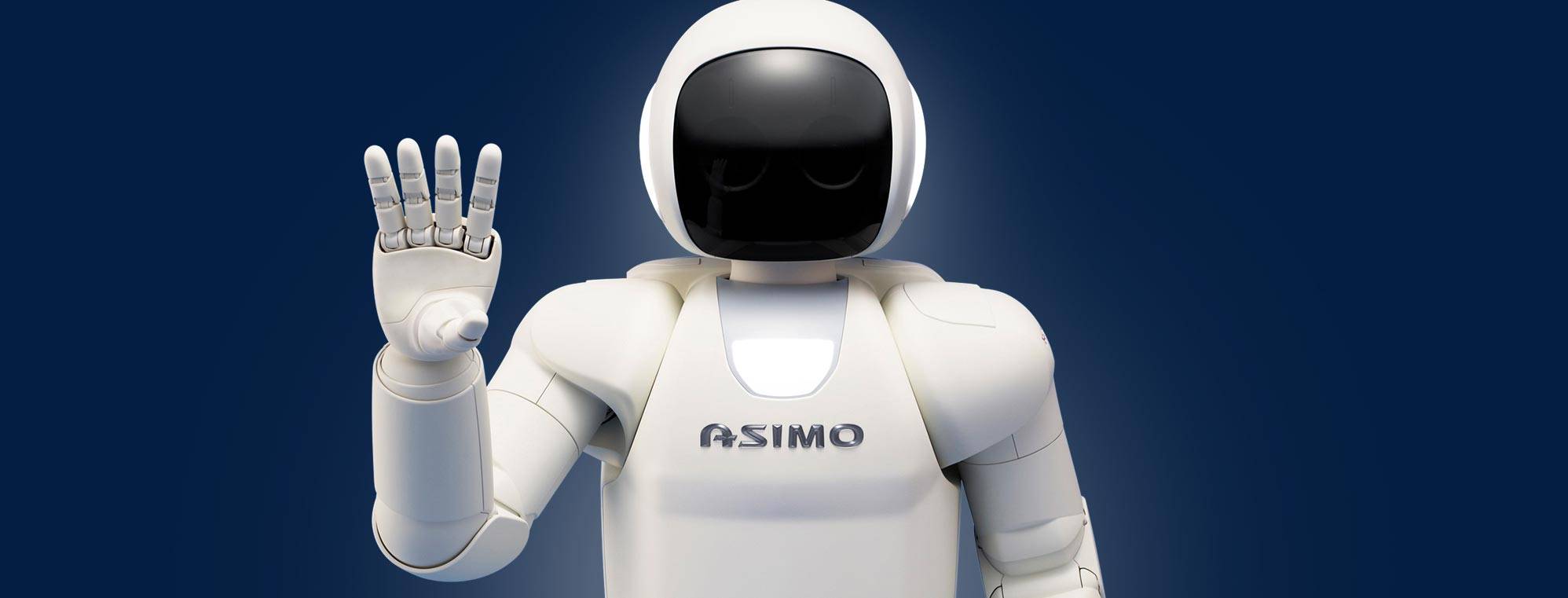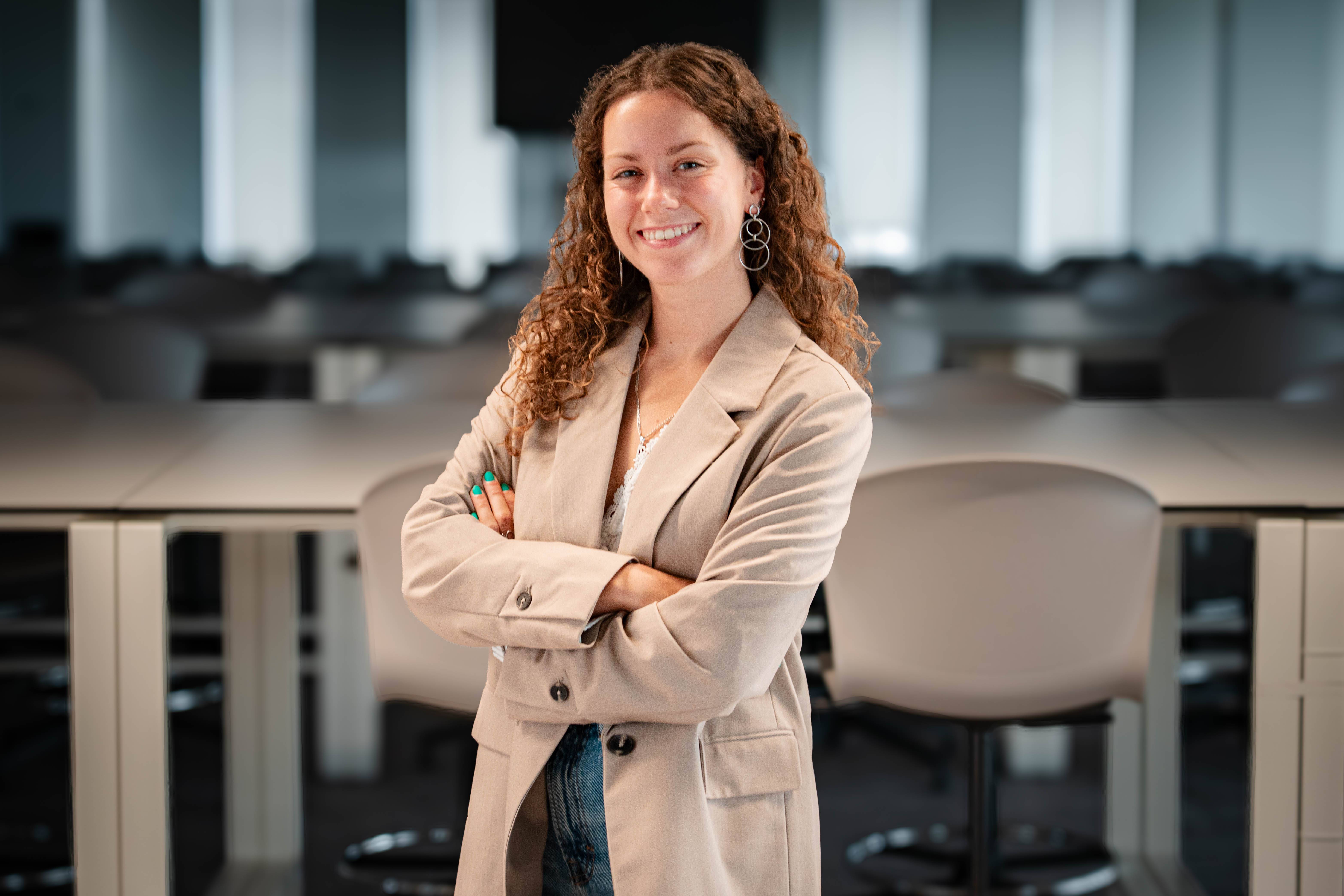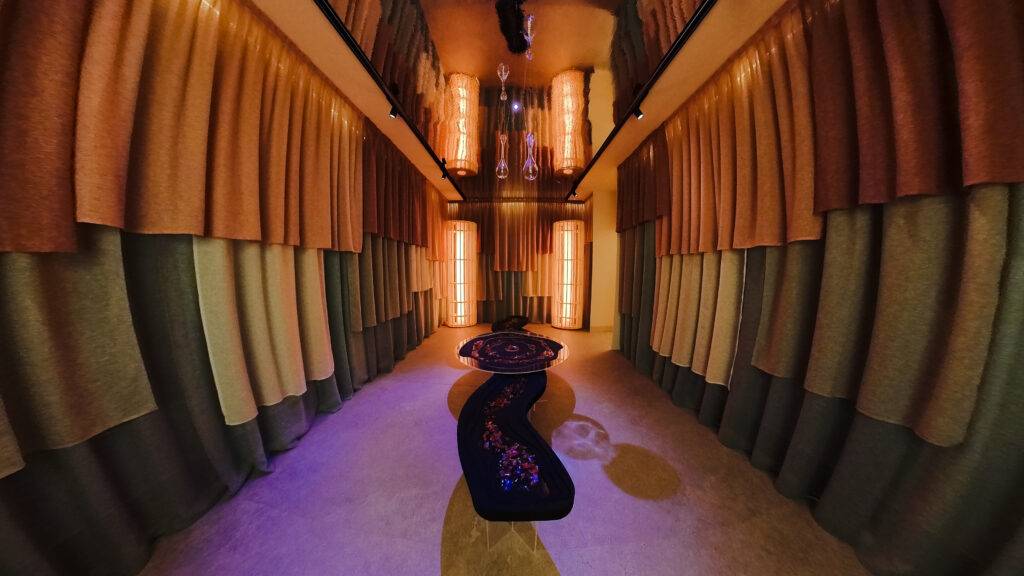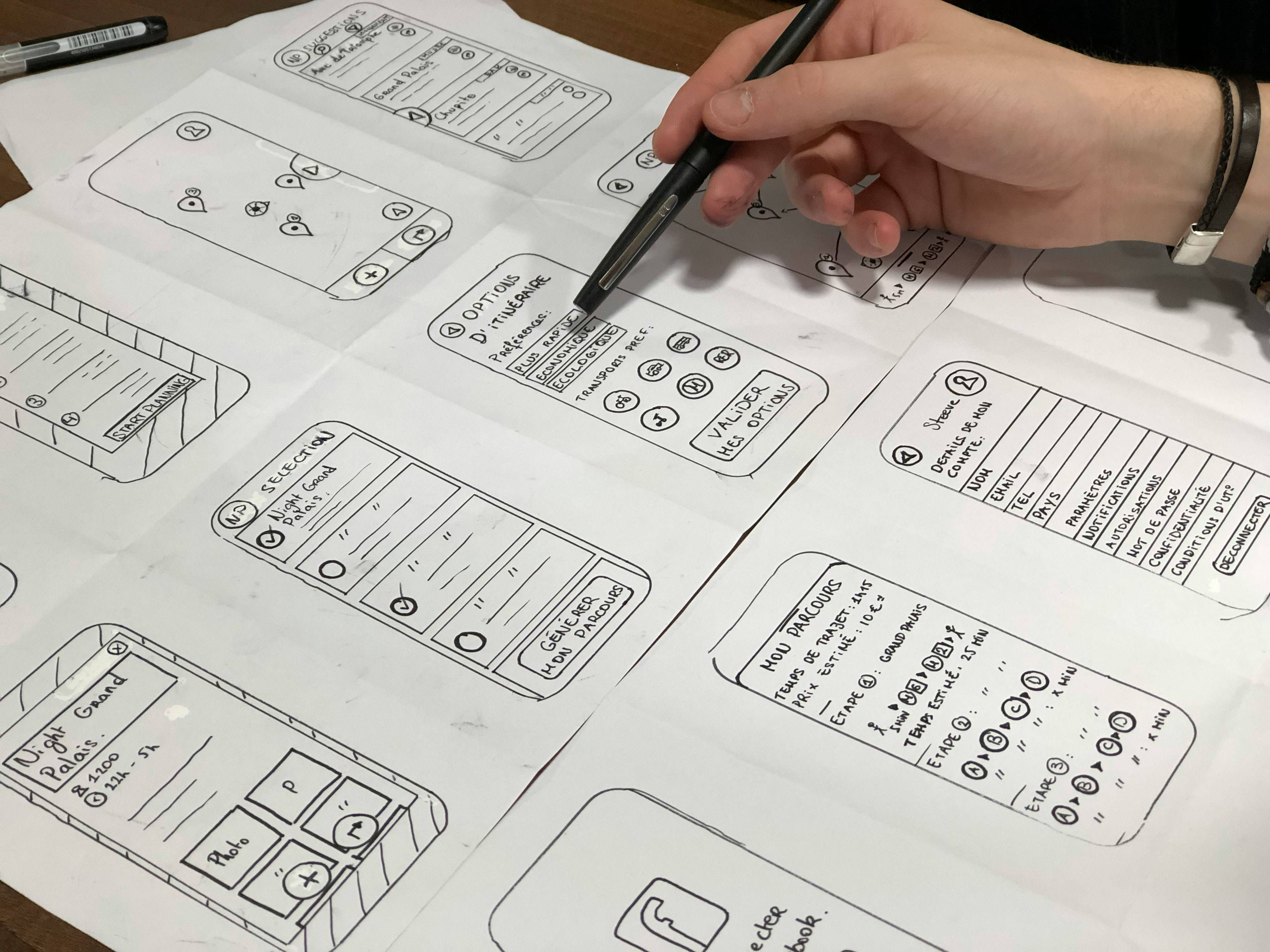Humanoid robotics: five pioneers for a new era
Ever since Isaac Asimov formulated his famous "Three Laws of Robotics", humans have projected onto machines their desire to create an intelligence that not only executes, but also understands, learns and collaborates. What began as an exercise in science fiction has now become one of the most ambitious technological frontiers: humanoid robotics.
There is now a real race between companies around the world to be the first to develop a humanoid robot that is not only a technological milestone, but also offers everything needed to become the perfect home assistant at an "affordable" price.
This "robot for all" is probably still some time away. The challenges are enormous: from energy autonomy and contextual perception to emotional intelligence that enables truly natural interaction with people. However, each advance brings us a little closer to that horizon.
It is only fair to recognise the essential role played by the great pioneers of robotics on this path. George Devol, with Unimate, opened the door to industrial automation; Ichiro Kato, with the WABOT project, gave life to the first functional humanoid; Marc Raibert, from Boston Dynamics, turned robotic mobility into an athletic feat; Masato Irose and ASIMO showed the world the possibility of a harmonious coexistence between humans and machines; and Cynthia Breazeal, with Kismet, gave robots an emotional dimension that brought them, for the first time, closer to the human realm.
George Devol
George Charles Devol Jr. was an American inventor, pioneer of industrial robotics and creator of Unimate, the world's first industrial robot, whose digitally programmable arm laid the foundations for modern automation in industry.
Unimate, which he introduced in 1954 under his own company, Unimation, was a robotic arm with its own memory system containing programs. The first unit was installed in 1961 in one of General Motors' factories and was already capable of handling hot function parts and spot welding.
The installation of this first robotic arm led to its rapid adoption by other industry players (Chrysler, Ford, Fiat, etc.), transforming dangerous and repetitive processes into much safer and more consistent operations. In the late 1960s and 1970s, Unimation scaled up to mass production, contributing to the development of standards and practices that consolidated industrial robotics globally.
Ichiro Kato
Ichiro Kato is considered one of the fathers of humanoid robotics. A Japanese researcher and professor at Waseda University, he is best known for leading the WABOT project, which resulted in the world's first full-scale humanoid robot in 1973, laying the technical and scientific foundations in this field worldwide.
His first robot, WABOT-1, already had a limb control system, vision and conversation in Japanese. It was also capable of walking, measuring distances and grasping objects. In 1984, his WABOT-2 went further, incorporating 3DoF hands per finger, distributed control over multiple CPUs and fine perception that allowed it to interpret sheet music and play the piano.
In addition to his technical developments, he argued that human-shaped robots would be essential for living in everyday environments, anticipating the transition from industrial robots to robots for human assistance and cooperation in the home and service sector.
Marc Raibert
Founder of the MIT Leg Laboratory in 1980, this American professor and researcher laid the scientific foundations for robots that run, jump and balance actively, i.e. without the need for human intervention.
In 1992 he founded Boston Dynamics as a spin-off from the MIT Leg Lab. Since then the company has been a pioneer in the field, thanks to a unique approach to dynamic locomotion, developing robots capable of moving, manipulating objects and operating in unstructured environments.
Boston Dynamics' core robots range from inspection platforms to experimental humanoids: Spot, a commercial quadruped deployed at hundreds of customers for autonomous inspection; Stretch, a mobile robot with arm and suction cup for logistics that automates truck unloading and box handling in warehouses; or Atlas, a robot that serves as a full-body mobility and manipulation testbed with acrobatic and athletic movements.
In 2022, it launched The AI Institute to advance the intelligence and dexterity of the next robots, integrating perception, manipulation and planning so that the new humanoids can work in cooperation with humans with a greater degree of autonomy.
Masato Irose
A Honda engineer, Masato Irose led the humanoid robot programme at the Wako Fundamental Technology Research Center since 1986 and was recognised as the "father of ASIMO" for leading the E and P series that led to the launch of the famous ASIMO model in 2000.
Under his leadership, the P2 and P3 prototypes integrated battery-powered autonomy, wireless communications and basic manipulation, consolidating the architecture that enabled ASIMO to walk, run and operate in human environments, thanks to a complex multi-modal perception system.
Its advanced capabilities and the global vision it gained at the turn of the century made it one of the first robots capable of attracting investment and talent into large-scale humanoid robotics, with a legacy that was carried over into many other products, such as walking aids, exoskeletons and other mobility devices from Honda.
Cynthia Breazeal
Creator of the Kismet robot at MIT in the late 1990s and initiator of modern social robotics and human-robot interaction. Her work paved the way for humanoids that not only work or "follow orders", but also perceive social signals, express affective states and learn in collaboration with people.
In this sense, Breazal demonstrated that it was possible to incorporate synthetic facial expressions, or basic "affective dialogues", into robots in real time, establishing the principles of social perception and behaviour that are now integrated into humanoids for assistance and education.
UDIT's Degree in Human-Centered Robotics represents the natural evolution of that heritage. From the International Campus of Technology, Innovation and Applied Sciences, UDIT promotes training that combines programming, electronics, artificial intelligence, interaction design and user experience, with a humanistic approach that always places people at the centre of technological development.









